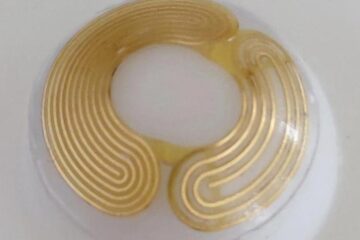KERatin – 3D artificial skin models for therapy strategies of keratinisation disorders

The present invention describes a 3D model mimicking normal skin. The model shows the following advantages:
– a collagen-fibroblast matrix and a fully stratified and cornified epidermal layer of primary human keratinocytes – epidermal basal layer and terminal differentiation can be seen – barrier function is present (normal skin) or reduced (disease model) – able to mimic single gene caused keratinisation disorders, e.g. congenital ichthyosis Challenge Since European and national regulations restrict the use of animals for the production and development of cosmetic products, adequate skin models are required. Pharmacological and pharmaceutical studies are presently done in 2D cell cultures, rodents and finally in humans. All these test systems either lack the genetic defect and disease phenotype that the drug is intended to cure or have to be developed tediously. Pharmacological and medical outcomes are thereto only predictable, as drug metabolism, drug transfer, e. g. through the epidermis, drug effect (in skin with missing gene products) cannot be foreseen.
Further Information: PDF
PROvendis GmbH
Phone: +49 (0)208/94105 10
Contact
Dipl.-Ing. Alfred Schillert
Media Contact
All latest news from the category: Technology Offerings
Newest articles

‘Smart’ contact lenses could someday enable wireless glaucoma detection
Most people with early-stage glaucoma don’t know they have it, even though early treatment is key to reducing vision loss. While detecting a subtle increase in eye pressure helps doctors…

New tech may lead to smaller, more powerful wireless devices
Good vibrations… What if your earbuds could do everything your smartphone can do already, except better? What sounds a bit like science fiction may actually not be so far off….

Caution, hot surface!
An international research team from the University of Jena and the Helmholtz Institute Jena are demystifying the mechanisms by which high-intensity laser pulses produce plasma on the surface of solids….

















